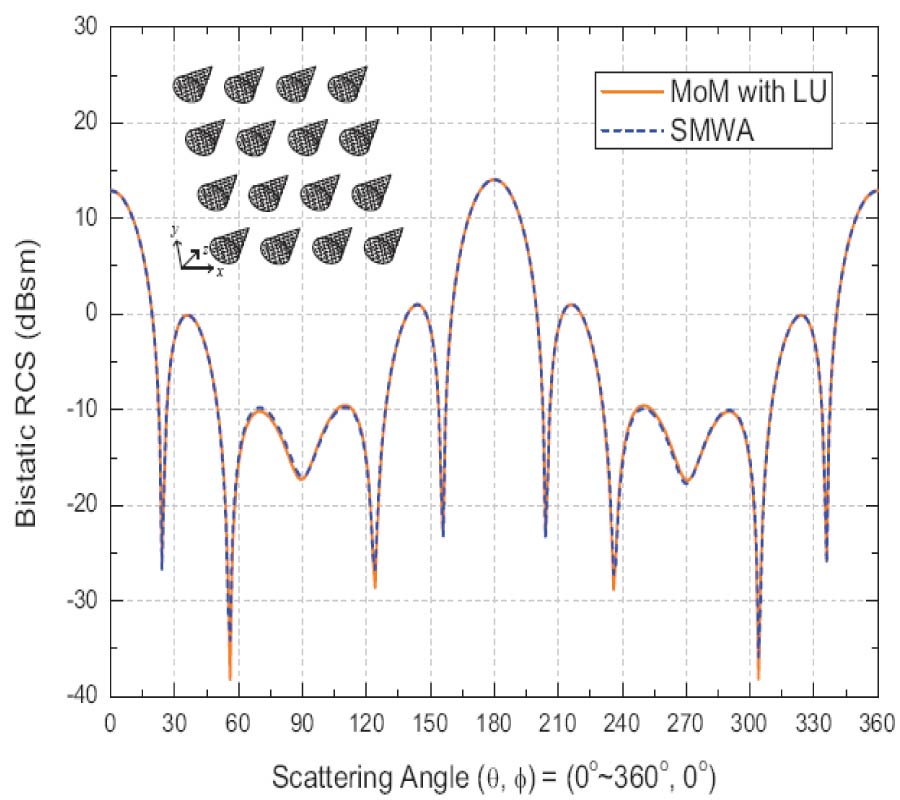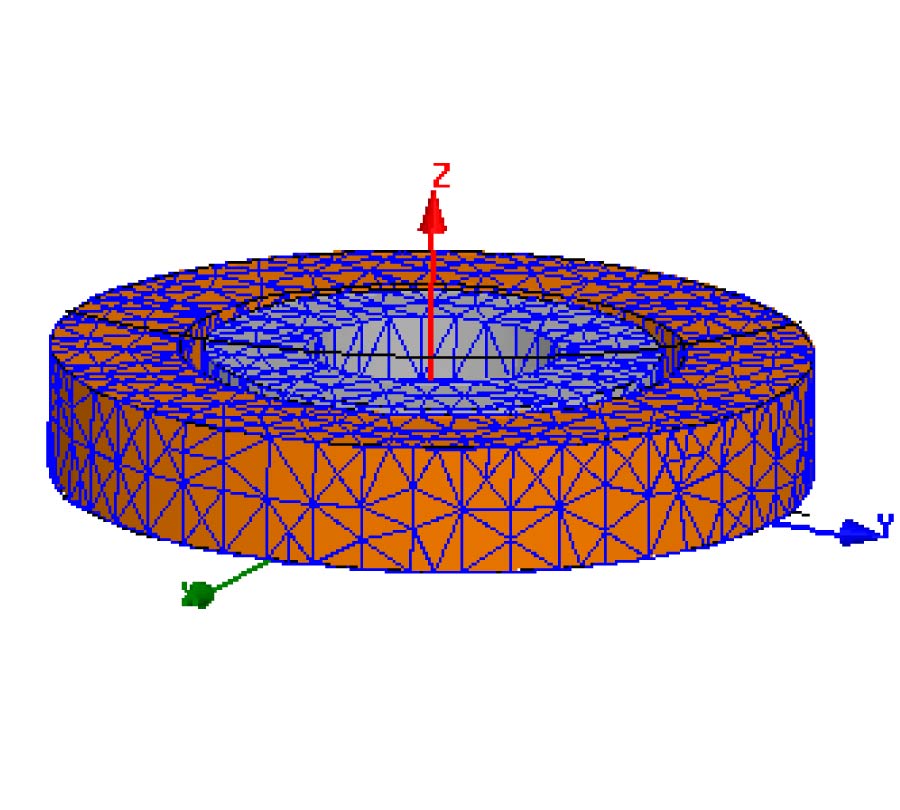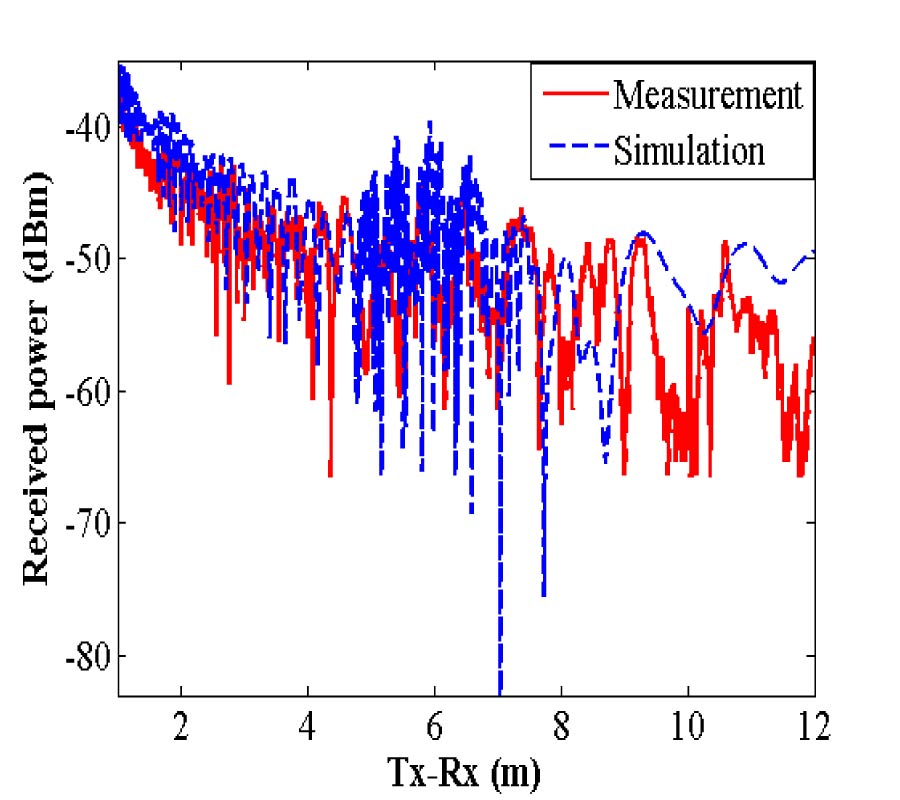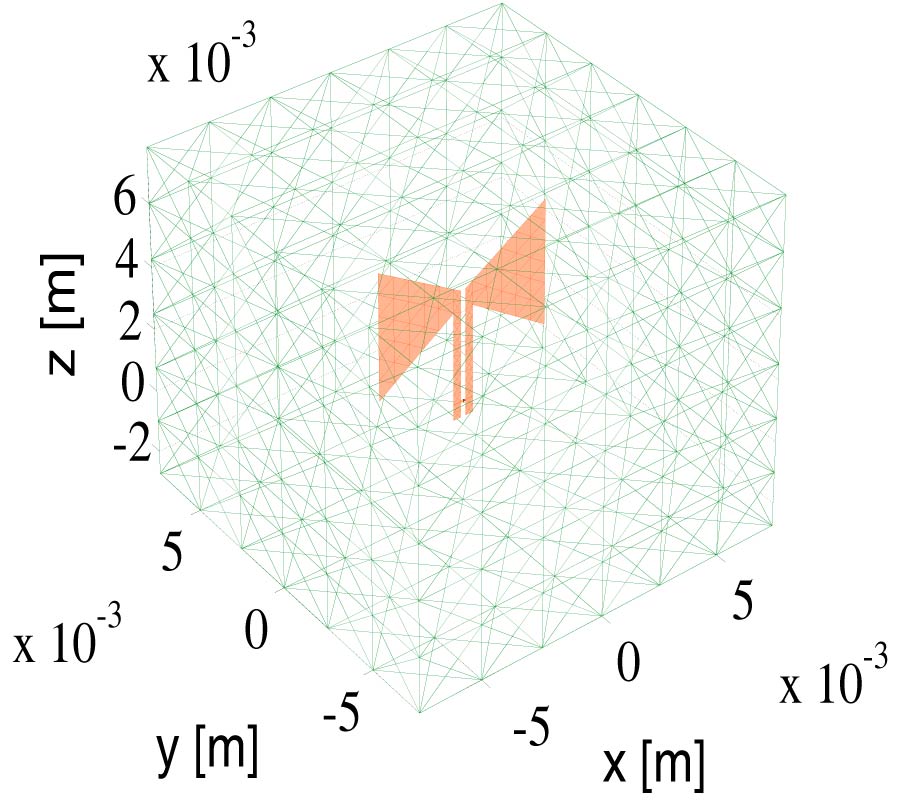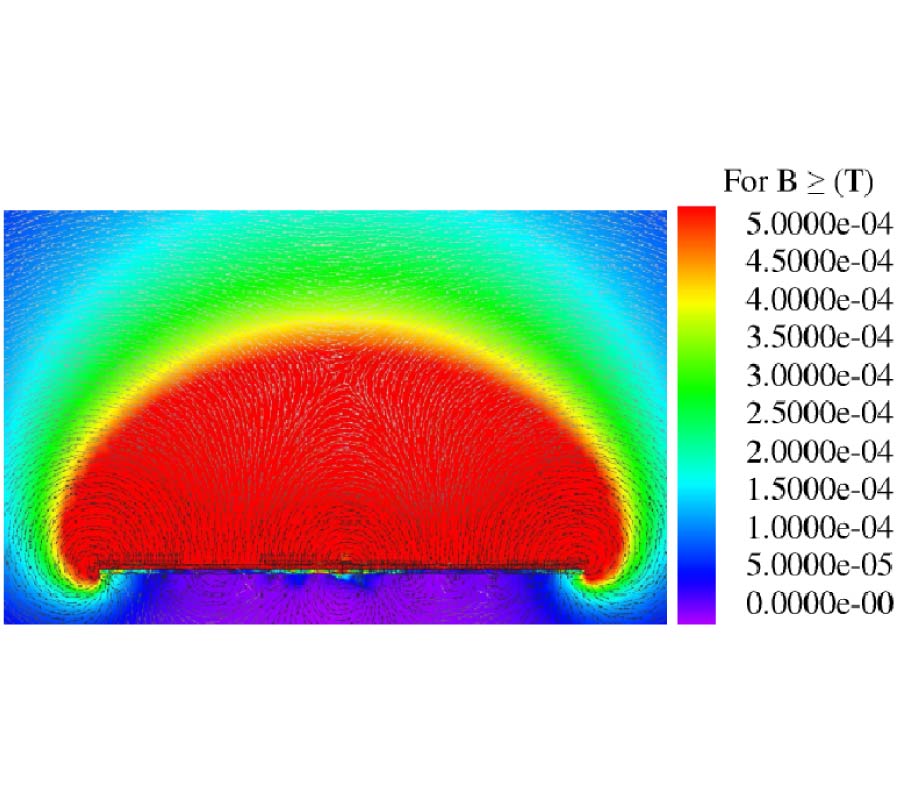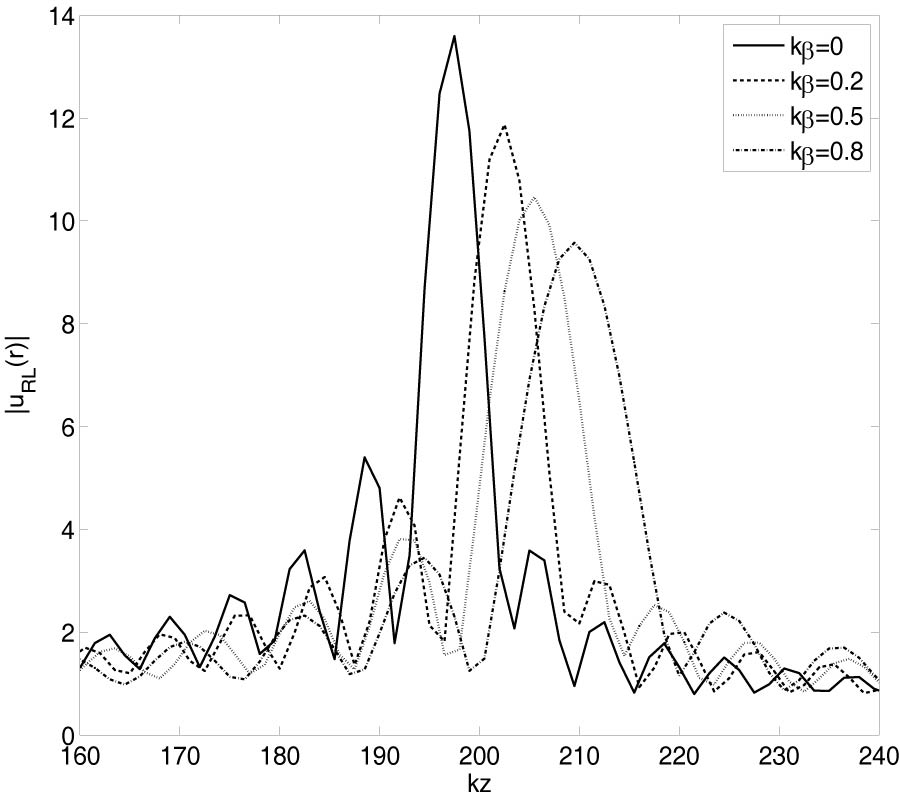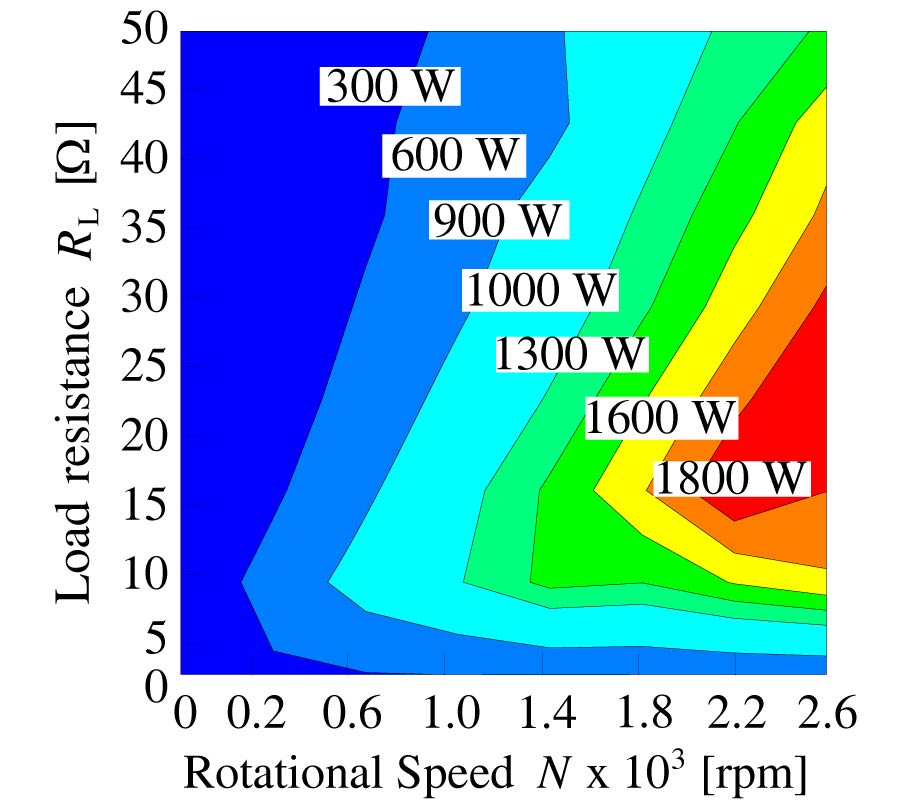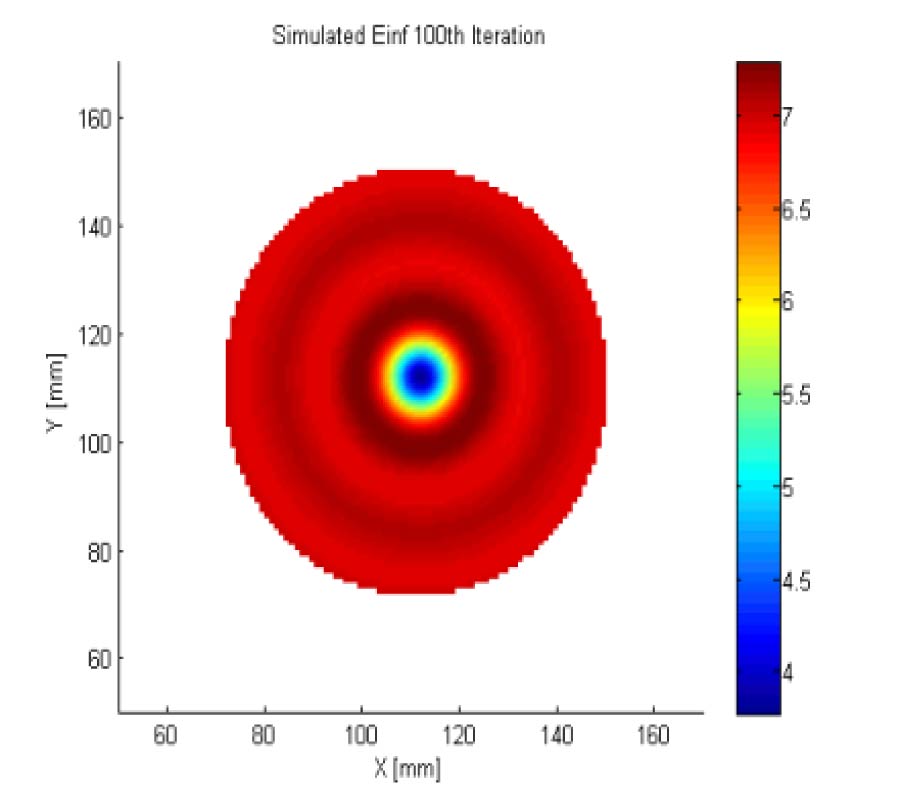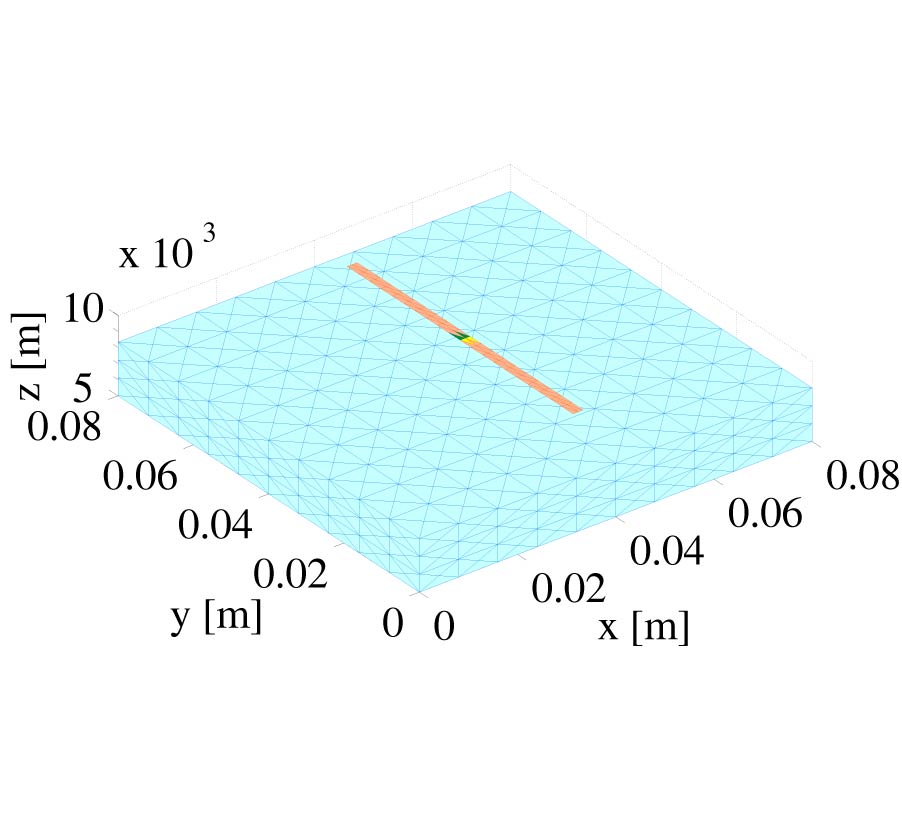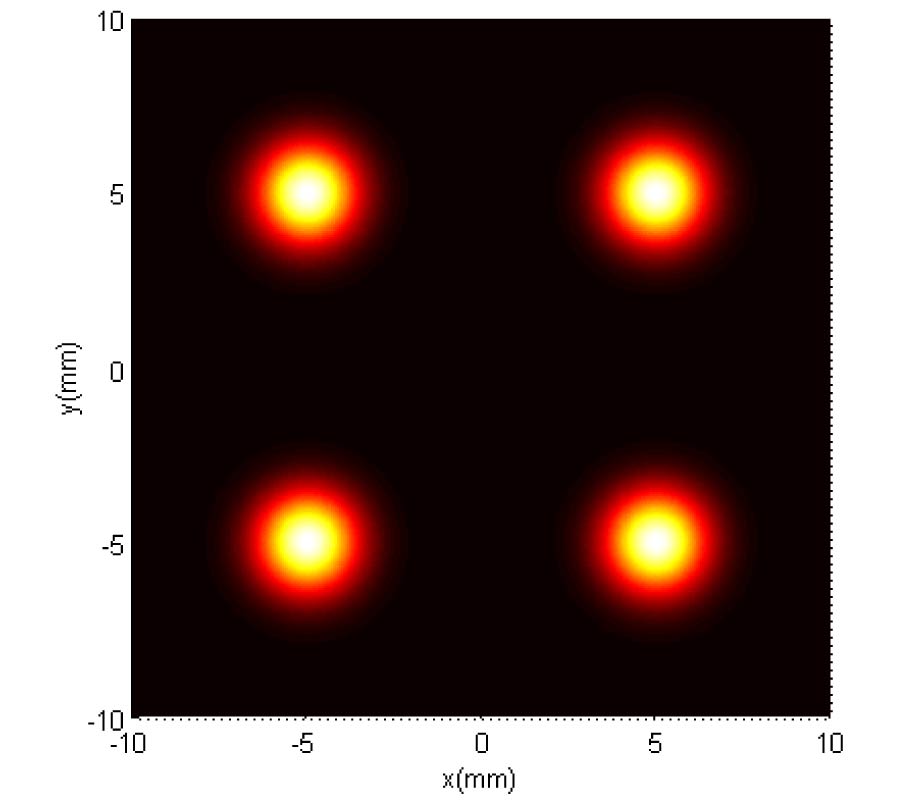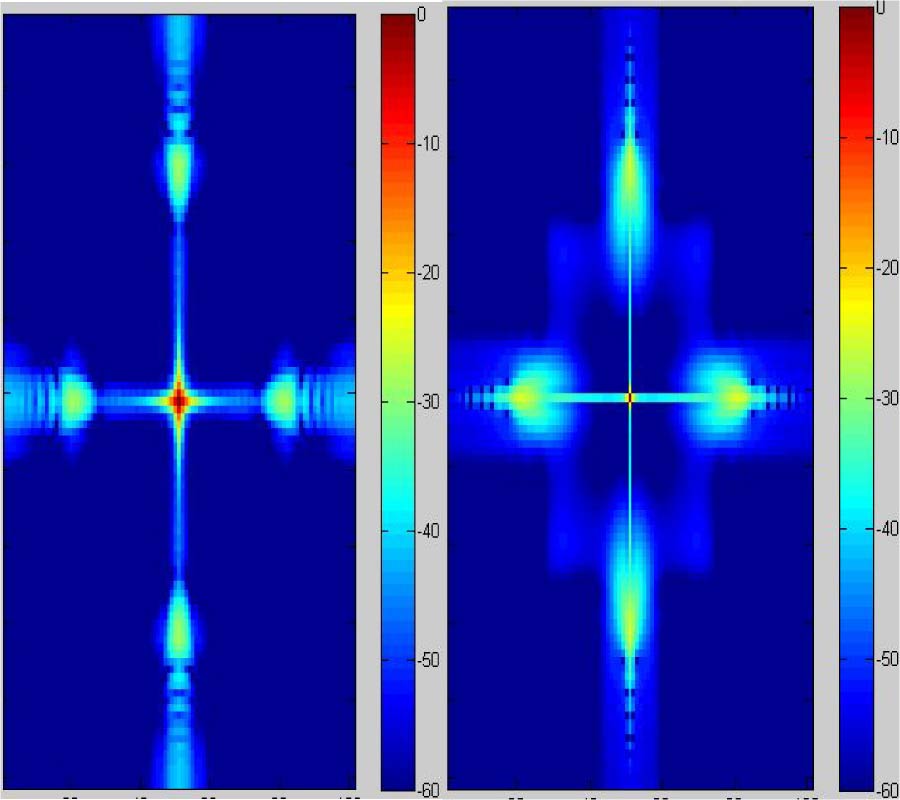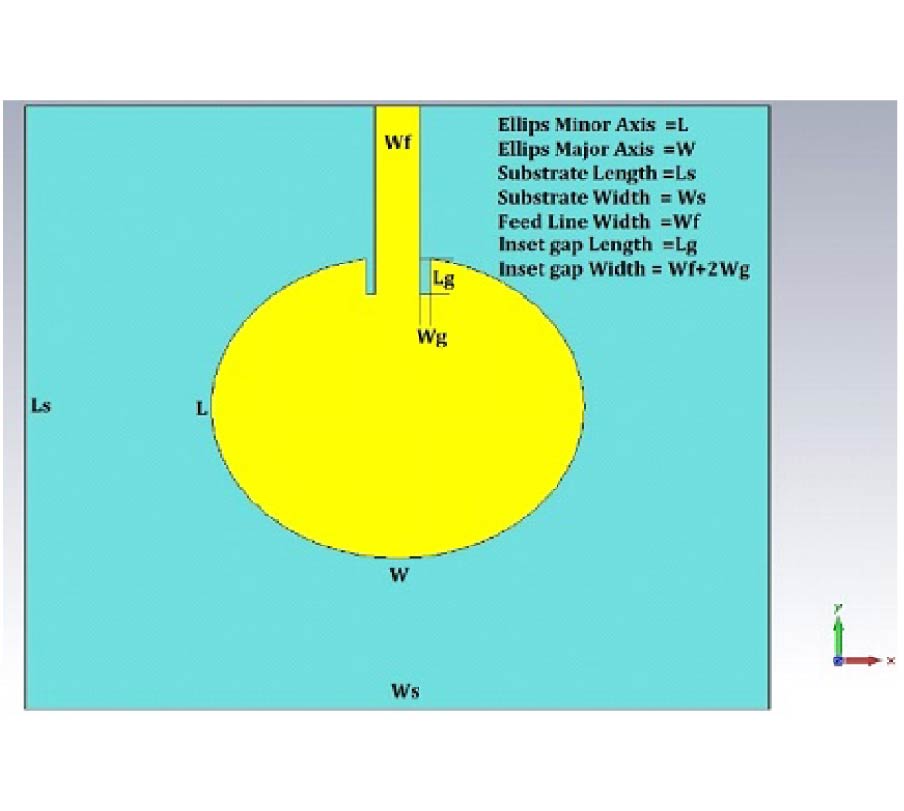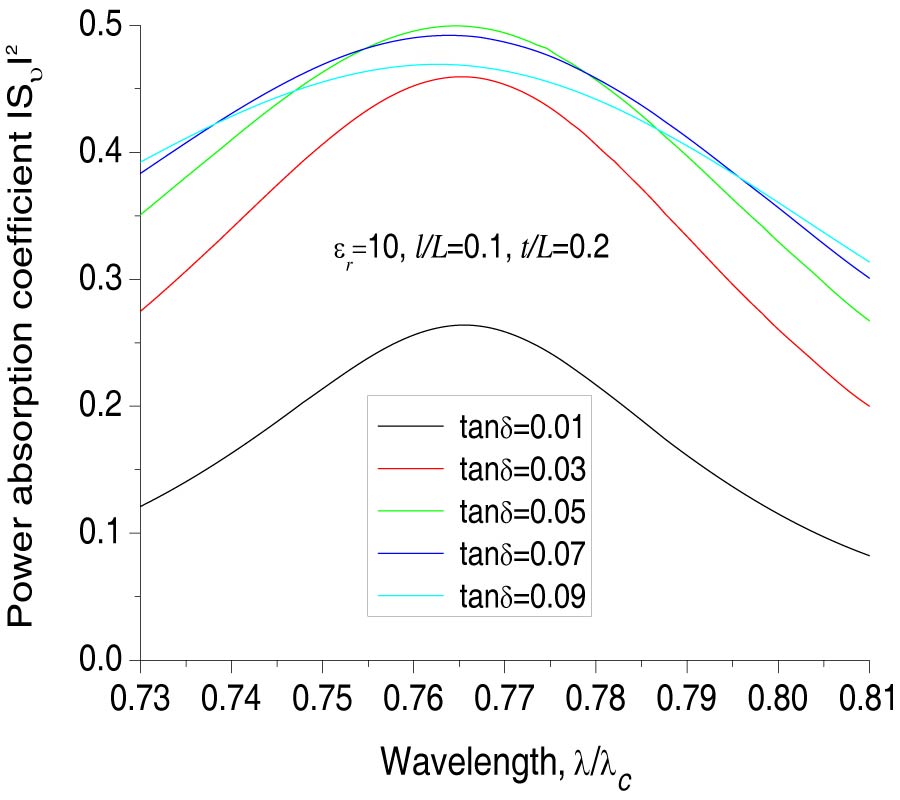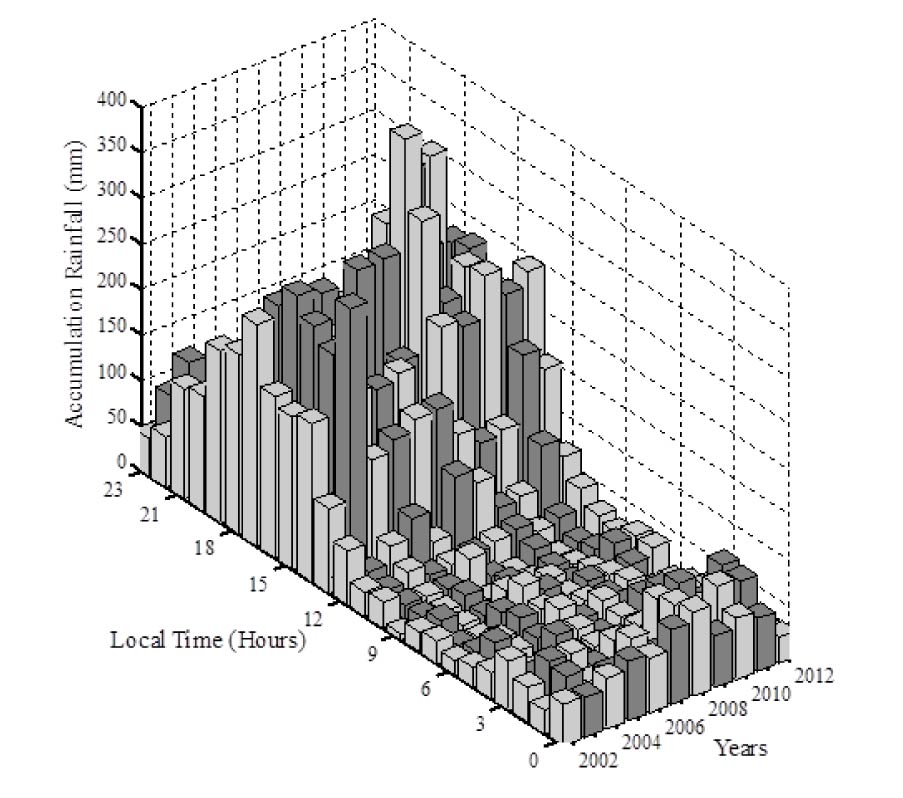The Performance Improvement of THz
Antenna via Modeling and Characterization of Doped Graphene
Mohammed Taih Gatte
,
Ping Jack Soh
,
Hasliza A. Rahim
,
Raad Badlishah Ahmad
and
Fareq Malek
The improvement of Terahertz (THz) antenna requires efficient (nano)materials to operate within the millimeter wave and THz spectrum. In this paper, doped graphene is used to improve the performance of two types of patch antennas, a rectangular and an elliptical antenna. The surface conductivity of conventional (non-doped) graphene is first modeled prior to the design and simulation of the two graphene based antennas in an electromagnetic solver. Next, different graphene models and their corresponding surface conductivities are computed based on different bias voltages or chemical doping. These configurations are then benchmarked against a similar antenna based on conventional metallic (copper) conductor to quantify their levels of performance improvement. The graphene based antennas showed significant improvements for most parameters of antenna than that of the conventional antenna. Besides that, the higher chemical potentials resulting from higher biasing voltages also resulted in this trend. Finally, the elliptical patch graphene antenna indicated better reflection performance, radiation efficiency and gain than a rectangular patch operating at the same resonant frequency.

